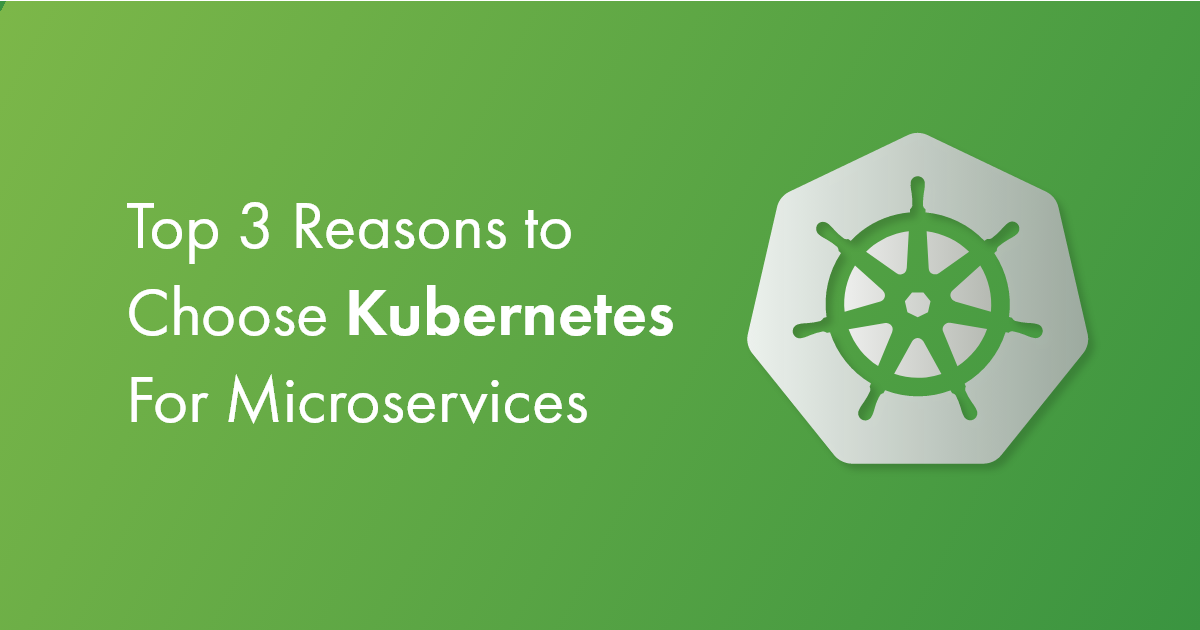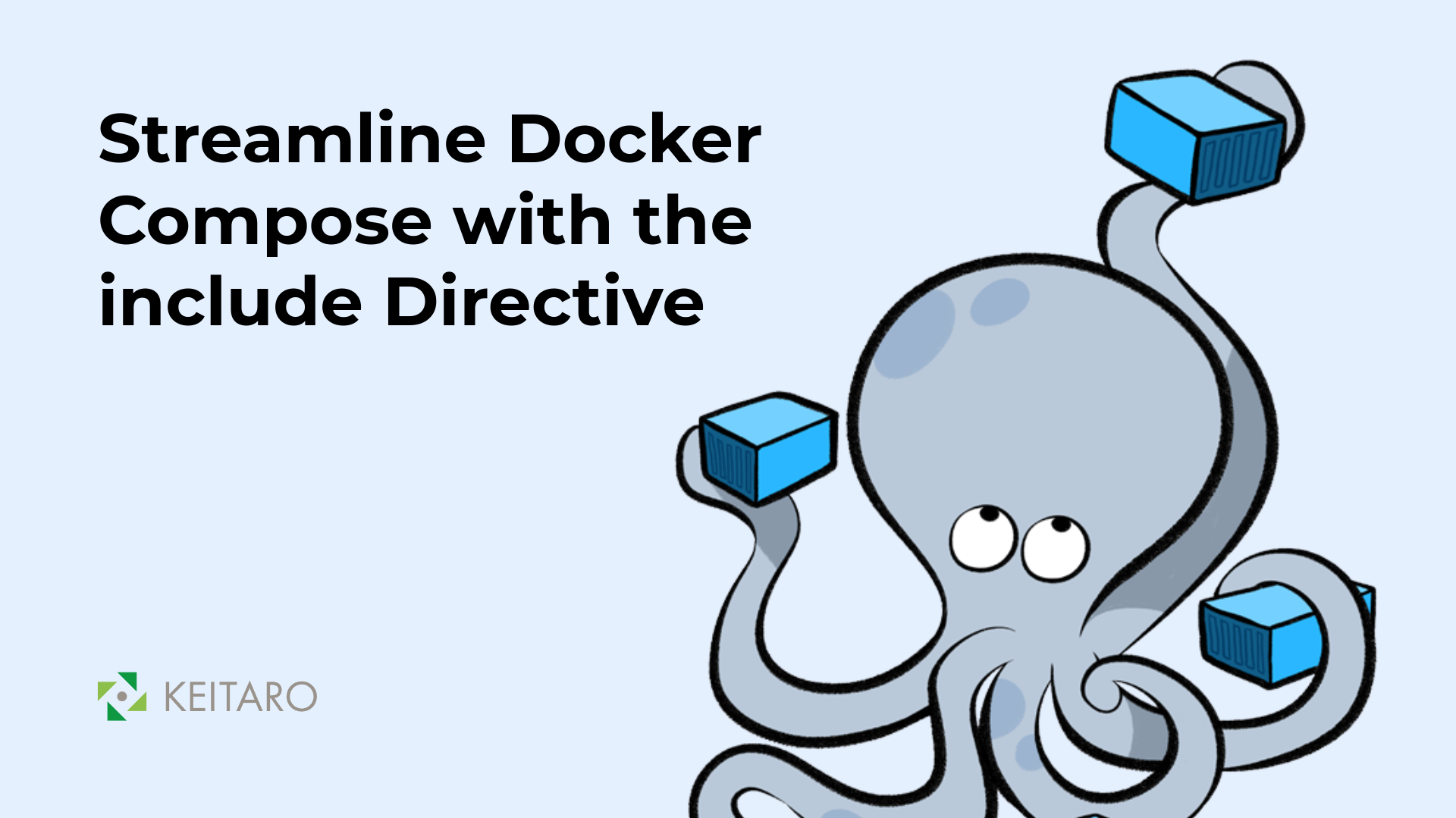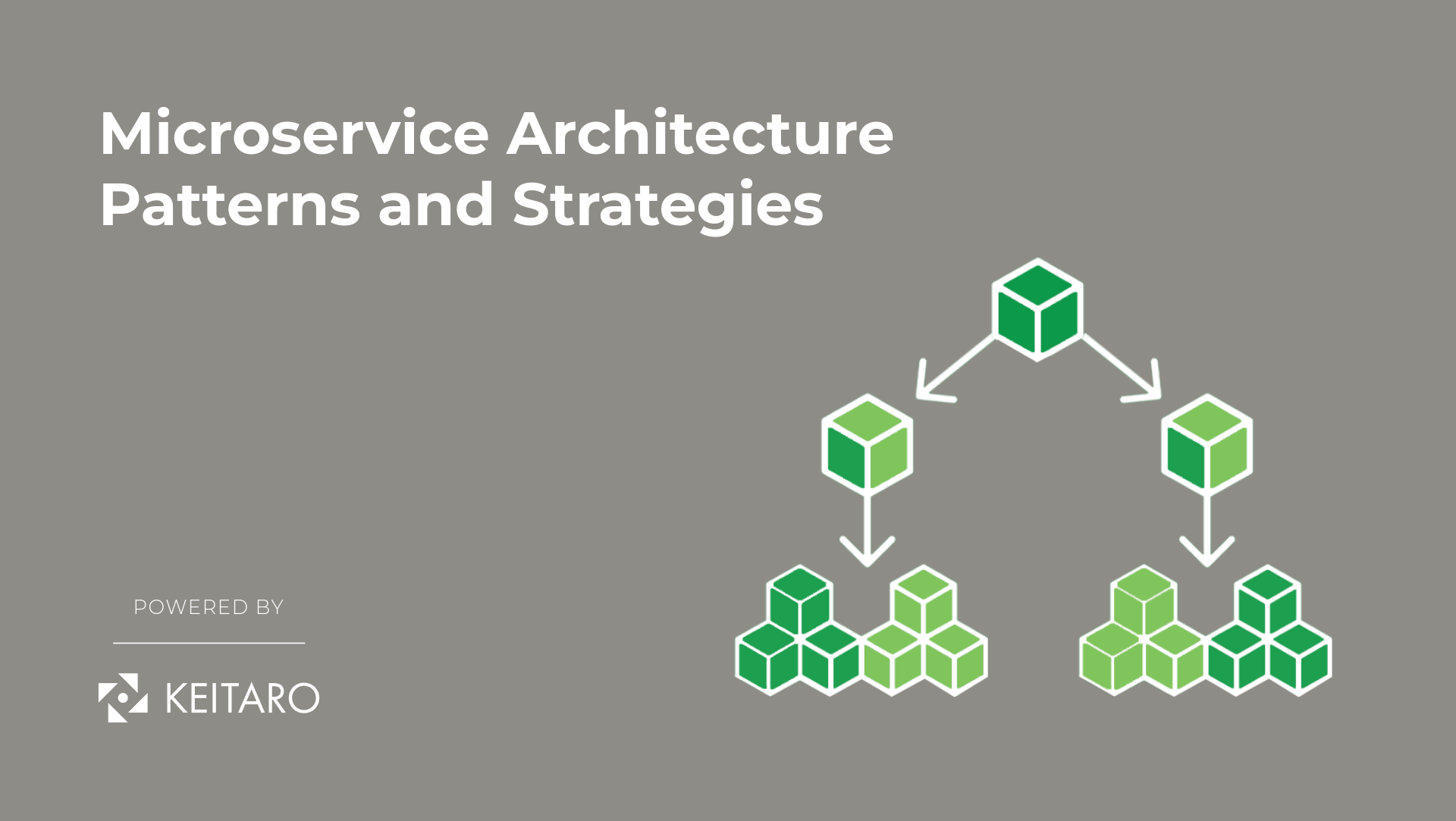Introduction to Kubernetes
Kubernetes (“k8s”), a container orchestration software, is one of the most popular open-source projects of all time and its usage has risen significantly over the last two years. Kubernetes allows you to write your environment once and then promote it across development, test, and production environments while keeping environmental consistency. It allows you to maintain uniformity throughout your deployment.
Kubernetes provides a framework to run distributed systems resiliently. It takes care of scaling and failover of an application, provides deployment patterns, and more.
It provides service discovery and load balancing, storage orchestration, automated rollouts and rollbacks, automatic bin packing, restarts containers that fail and secret and configuration management.
From a broader perspective, Kubernetes’ popularity is due largely to its open-source nature, scalability, agility, and streamlining approach. But there are many other benefits associated with Kubernetes that include:
- Flexibility and Portability – No matter the type of container runtime or the underlying infrastructure (such as on-premises server, private cloud, or public cloud), Kubernetes can work effectively in all scenarios.
- Infrastructure Abstraction – Kubernetes handles on its own all of the storage, compute, and networking aspects.
- Automated Operations – Kubernetes features plenty of built-in commands to address many of the heavy-duty operations central to application management.
Microservices and Containers
Microservice architecture involves building an application as independent components that run each application process as a service, with these services communicating via a well-defined interface using lightweight APIs.
The characteristics of microservices as described by microservices.io is that they are:
- Highly maintainable and testable
- Loosely coupled
- Independently deployable
- Organized around business capabilities; and
- Owned by a small team.
Traditional applications have monolithic architectures, which means that all of your application’s components and functionalities are contained in a single instance. Microservice based architectures divide these monolithic apps into their smaller logical parts.
The microservices architecture addresses the problems caused by monolithic applications. Microservices are already widely used around many industries, and some large-scale websites have already transformed their monolithic applications into microservices.
The top 4 benefits of using a microservices architecture are:
- Developers will work on a smaller codebase compared to a larger one in a monolithic app.
- The responsibilities of the developers will be more defined.
- The application’s technology stack can differ through microservices.
- Meeting demand is easier when microservices only have to scale the necessary components, which requires fewer resources.
- The individual components of microservices can more easily fit into continuous delivery pipelines when monoliths bring complexities.
A container is a package that contains an application and all of its dependencies, allowing it to be deployed quickly and consistently regardless of the environment. Binaries, libraries, and configuration files are among the components required to run the application. Software containers solve the problem of getting the software to function consistently when moved from one computing environment to another, just like shipping containers standardized freight transit globally, bringing efficiency and speed. A container abstracts any difference in OS distributions and underlying infrastructure, whether it’s deploying on a developer’s laptop, a local test environment, or a production environment in the cloud. In terms of popularity, Kubernetes from Google is the best known and most widely used free and open-source container management system. On the other hand, Docker is the best known commercial container management solution. While Linux has traditionally been the go-to OS for container tech.
It can be expensive and time-consuming to run several servers for a single application to ensure redundancy and scalability. It’s challenging to coordinate all of these moving components, and it’s considerably more difficult with containers. This is where Kubernetes for Microservices enters the picture.
Top 3 Reasons to Choose Kubernetes For Microservices
There are abundant reasons why Kubernetes should be the first choice for microservices, but let’s take a look at the top three reasons:
- Benefits of cloud-native technology; Kubernetes was designed to address challenges caused by monolithic application architectures with a high number of servers and, as a result, a huge number of administrative duties. The introduction of containers has just contributed to the situation. Kubernetes is a cloud-native environment designed primarily to solve these issues. It makes it easier to manage a large number of separate servers or containers, as well as the numerous administrative responsibilities. K8s portability enables you to execute the pods across many clouds, both on and off-premises, and to do so seamlessly. It is an important time-saver and facilitates the efforts of the IT team.
- Numerous support options microservices using Kubernetes; There’s no reason to be concerned if you’re considering switching from a monolithic to a Kubernetes environment. If your business is setting up a containerization strategy, support from the open-source community is always there. For more formidable challenges, there are also professionals such as the Keitaro team that would be happy to apply their knowledge and expertise to support you in achieving your goal.
- Scalability saves time and money; You may be charged based on the number of specific compute instances you have running in your current orchestration. With Kubernetes, not all of the resources have to be used at the same time. In order to efficiently manage the budget, resources can be automated according to the needs of the project. Kubernetes provides the capability to automate and simplify administrative scaling operations.
Conclusion
Using a container orchestration platform is a must when building an application with microservices. Kubernetes is widely chosen by developers as it quickly brings their applications from development to production. Also, it is open-source! Are you starting to build an application and are still thinking if you should use Kubernetes and microservices architecture? Contact us at [email protected] and we will explore the challenges you face and find the proper answer together.



